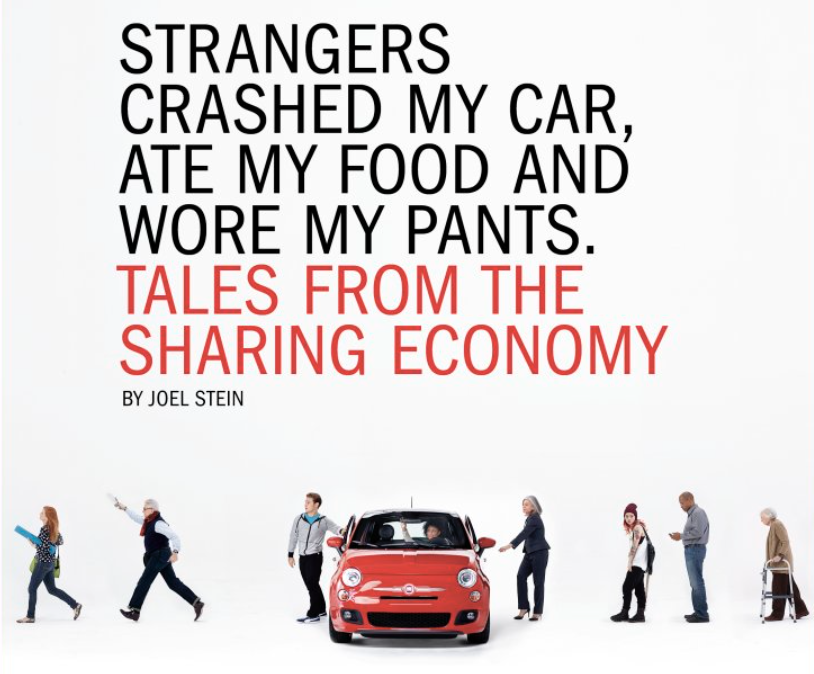Will the sharing economy go down – because of people?
As Josie Cox argues, yes, the sharing economy will go down because essentially, people cannot be trusted. For me, this theory sounded a lot like a very pessimistic rage about humankind at first sight, but after thoroughly reading her article on the INDEPENDENT from July 2017, I have to admit that she has a point. Most sharing economy business models do have one dangerous, unpredictable factor: the human, who rarely does anything without maximizing his/her interest.
The article opens its argumentation with an example from China where a start-up offered umbrellas to people on the run (Cox, 2017). Sounds like a good idea to me: the sky opens up, rain starts pouring and you are in the middle of the city – of course without umbrella even though you have ten of them at home. Especially since living in Rotterdam this happened many times to me. However, this start-up was blown up by their unreliable customers: 300,000 of the company’s umbrellas actually went missing after only a few months in business (despite the customers paying an initial deposit for the umbrellas) (Cox, 2017). This, Cox argues, stems from only one thing the business overestimated: the overall trust and reliability of its customers (2017). Consumers, are inherently focussed on satisfying their needs, in this case arriving dry and without too much effort at their final destination. As soon as this need is satisfied, we forget about anything related – and throw the umbrellas into the trash or take it home and forget about it – because returning them would probably mean extra effort for us. (Cox, 2017)
After thinking about this, I actually came up with some other examples by myself: ever went to large American cities where these Lime e-scooters are offered? I’ve seen many of them lying damaged and twisted on the streets, in garbage tons or similar. Well, even think Europe or Germany: I’ve seen multiple sharing bikes being fished out of the Isaar in Munich.
So, I’d partly agree and say: humans, generally, shouldn’t be trusted blindly. The rise of the sharing economy cannot be attributed to any kind of reinvention of the collective good – in most cases it is just more convenient for consumers. I am not booking an AirBnB because I love to share a flat with a complete stranger while on vacation with my boyfriend – I am doing it because it is cheaper than a hotel with the same standard. This in fact, is not necessarily something particularly negative, I just think that it is a factor that is not enough accounted for in sharing economy models.
Any company whose business model relies on the belief that human will do anything else than profit maximization, should be aware of that. Their business is based on “a constant balancing act between greed and trust, value and cost, convenience and risk.” (Cox, 2017) What do you guys think?
Cox, J. (2019). The sharing economy is failing because people can’t be trusted. [online] The Independent. Available at: https://www.independent.co.uk/voices/uber-airbnb-sharing-economy-people-cant-be-trusted-a7867301.html [Accessed 7 Oct. 2019].


